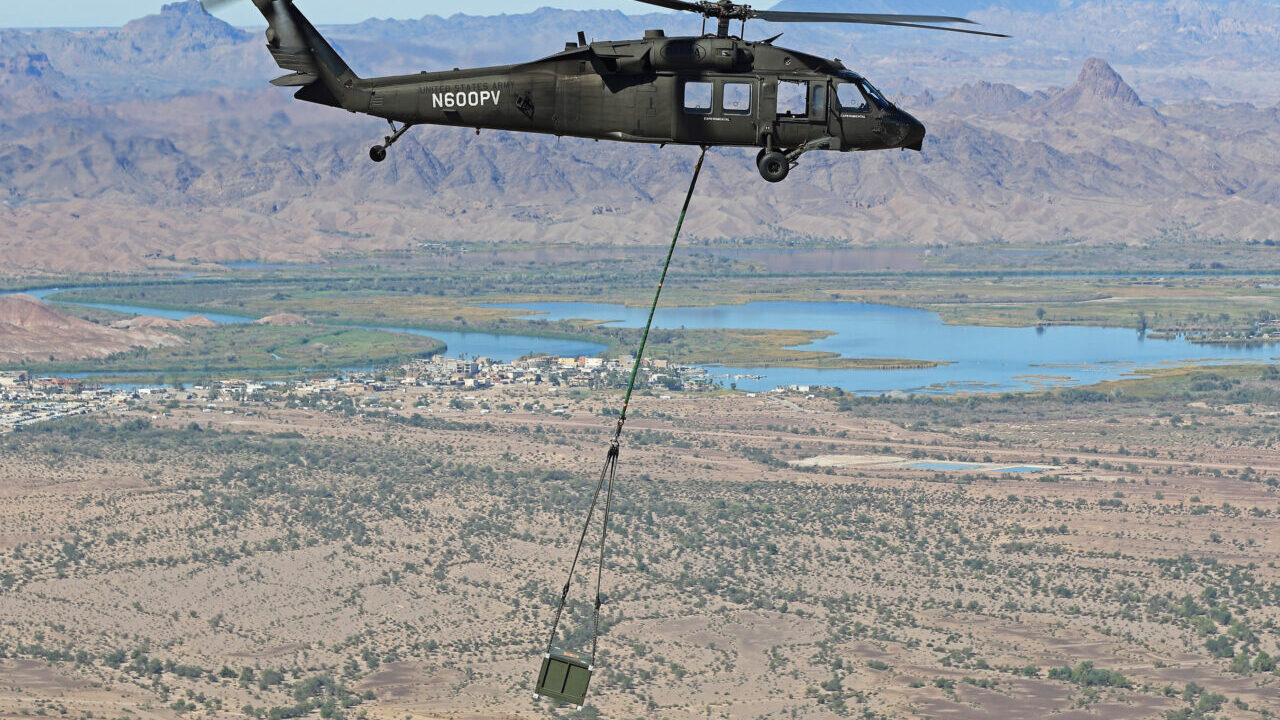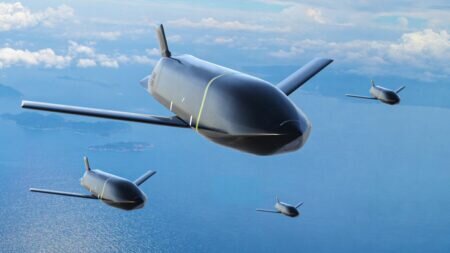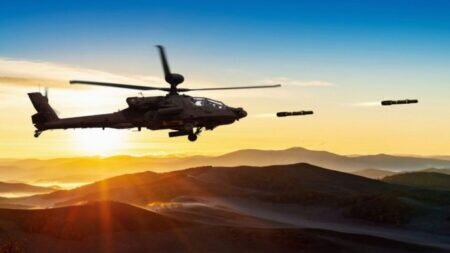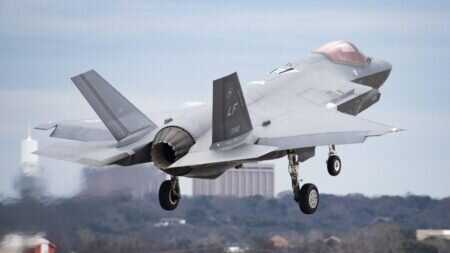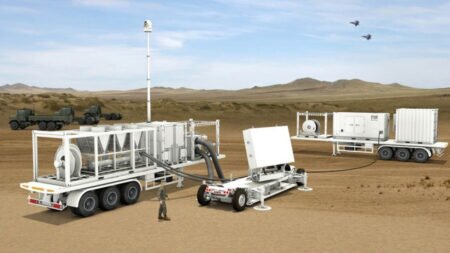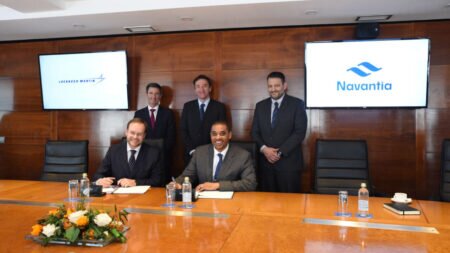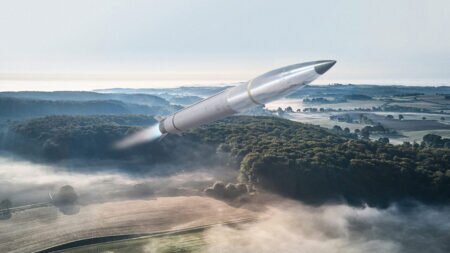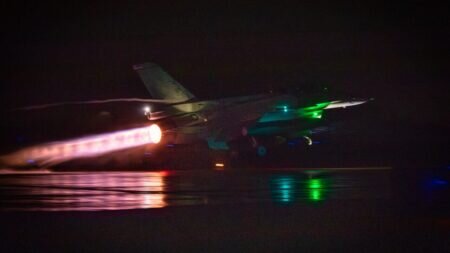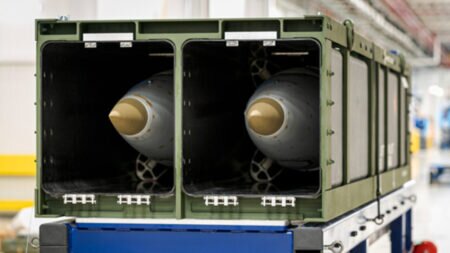Sikorsky, a Lockheed Martin company and the Defense Advanced Research Projects Agency (DARPA) have successfully demonstrated to the U.S. Army for the first time how an uninhabited Black Hawk helicopter flying autonomously can safely and reliably perform internal and external cargo resupply missions, and a rescue operation.
Performed Oct. 12, 14 and 18 as part of the U.S. Army's Project Convergence 2022 (PC22) experiment, the flights show how existing and future piloted utility helicopters could one day fly complex missions in reduced crew or autonomous mode. This would give Army commanders and aviators greater flexibility in how and when aircraft and pilots are used, especially in limited visibility or contested environments.
Sikorsky is partnered with DARPA to develop autonomy technology that will exponentially improve the flight safety and efficiency of rotary and fixed-wing aircraft. Sikorsky's autonomy system, known as MATRIX™ technology, forms the core of DARPA's ALIAS (Aircrew Labor In-cockpit Automation System) project.
"We believe MATRIX technology is ready now for transition to the Army as they look to modernize the enduring helicopter fleet, and acquire Future Vertical Lift aircraft," said Igor Cherepinsky, director of Sikorsky Innovations. "In addition to increasing flight safety and reliability, MATRIX technology enables survivability in high tempo, high threat 21st Century Security environments where Black Hawk helicopters operate today, and DEFIANT X® and RAIDER X® helicopters could operate in the future. Uncrewed or reduced crewed helicopters could safely perform critical and lifesaving missions day or night in complex terrain and in contested battlespace."

